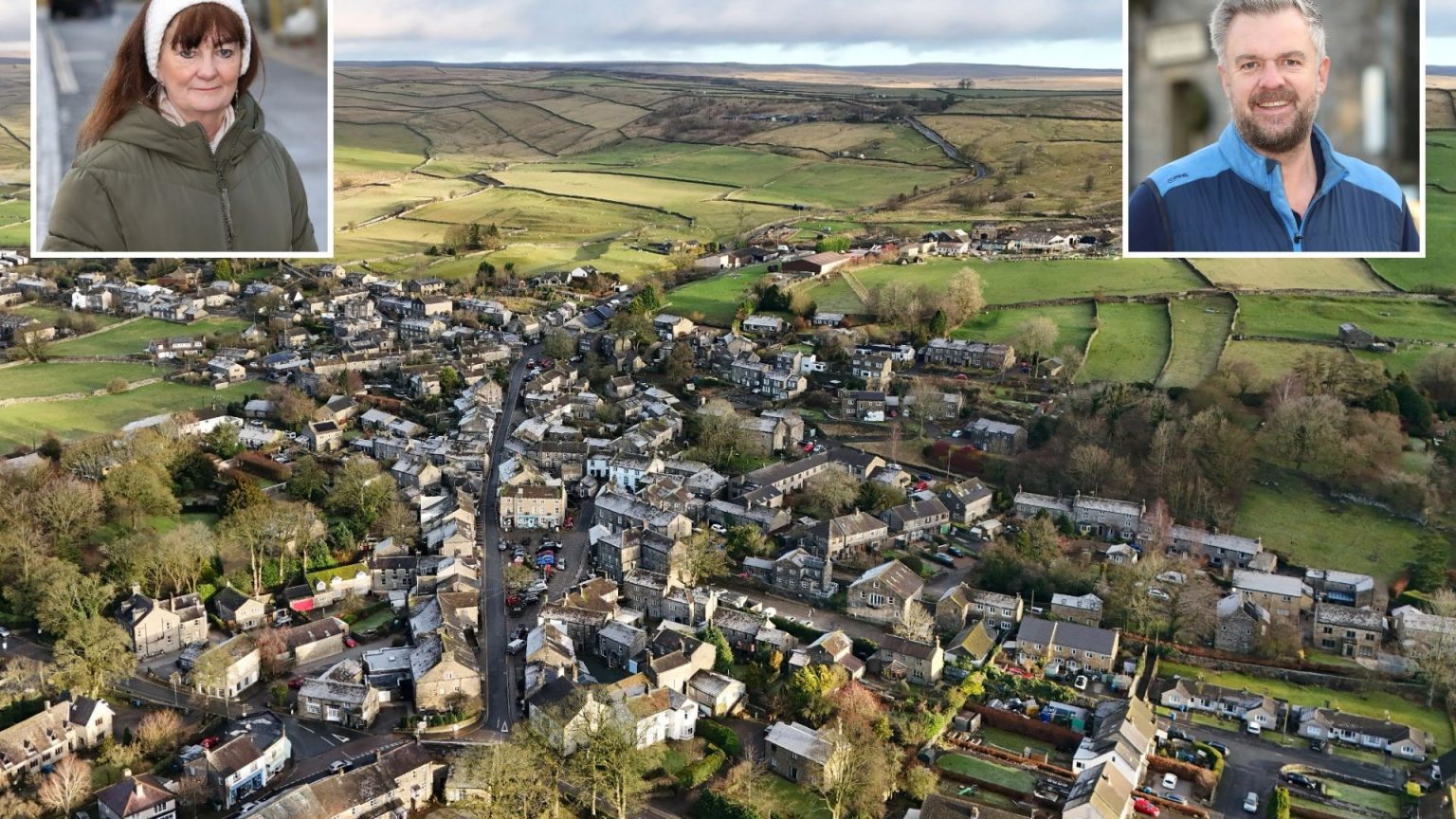The picturesque village of Grassington in the Yorkshire Dales, famed for its role as Darrowby in the popular television series “All Creatures Great and Small,” is grappling with a surge in tourism and a housing crisis. The influx of visitors has exacerbated the existing issue of second home ownership, leaving local residents struggling to find affordable housing in their own community. With one in five properties in the Dales designated as non-permanent residences, the escalating property prices are forcing young people to move away, threatening the long-term sustainability of the village’s vibrant community. Residents are now advocating for measures to prioritize local needs, including a ban on second home owners purchasing new builds and potentially increased taxes on second homes to fund affordable housing initiatives. The debate centers on balancing the economic benefits of tourism with the preservation of the community’s character and the well-being of its residents.
The Yorkshire Dales National Park Authority is attempting to address the housing shortage by planning to build 50 new homes annually until 2040. However, the key challenge lies in ensuring these homes are accessible to local residents rather than becoming additional holiday lets or second homes for outsiders. The disparity between the percentage of holiday homes in the Dales (22%) and the national average of empty homes (6%) highlights the severity of the issue. Long-term residents have witnessed the dramatic increase in tourist numbers since the television show began airing, further fueling demand for accommodation and driving up property prices. This has sparked a sense of urgency among locals to protect their community from becoming overrun by holiday homes and to ensure future generations can afford to live in the area.
Residents are expressing mixed feelings about the proposed new housing developments. While acknowledging the need for more homes, some are concerned about the potential impact on the village’s character and the strain on existing infrastructure, including roads, schools, and medical services. They argue that simply building more houses without addressing the underlying issue of second home ownership won’t solve the problem. Others, particularly those in the tourism industry, view the potential ban on second home ownership as a positive development that could boost local businesses like B&Bs, while also recognizing the need for improved infrastructure to handle the increased visitor numbers.
The debate highlights a complex dilemma faced by many rural communities across the UK. The popularity of picturesque locations like Grassington attracts tourists and second home owners, boosting the local economy in the short term. However, this often comes at the expense of local residents who are priced out of the housing market and forced to leave their communities. This can lead to a decline in essential services, a loss of community spirit, and an unsustainable imbalance between permanent residents and temporary visitors. Finding a solution that balances the benefits of tourism with the needs of local communities is crucial for the long-term health and viability of these areas.
The stories of individual residents provide a human dimension to the statistical data. From retired couples who have moved to the village seeking a tranquil lifestyle to young families struggling to find affordable housing, the range of perspectives underscores the complexity of the issue. Some second home owners acknowledge their contribution to the problem and express support for measures like increased taxes on second homes to help fund affordable housing for locals. Others emphasize their commitment to the community and their desire to see it thrive, highlighting the need for a nuanced approach that considers the different motivations and contributions of both permanent residents and second home owners.
The situation in Grassington reflects a broader trend of rural communities grappling with the impact of second home ownership and tourism. Balancing the economic benefits of these activities with the need to preserve affordable housing for local residents is a challenge that requires careful consideration and innovative solutions. The proposed ban on second home owners purchasing new builds represents one possible approach, but it remains to be seen whether this, along with other potential measures like increased taxes, will be sufficient to address the root causes of the housing crisis and ensure the long-term sustainability of communities like Grassington.




